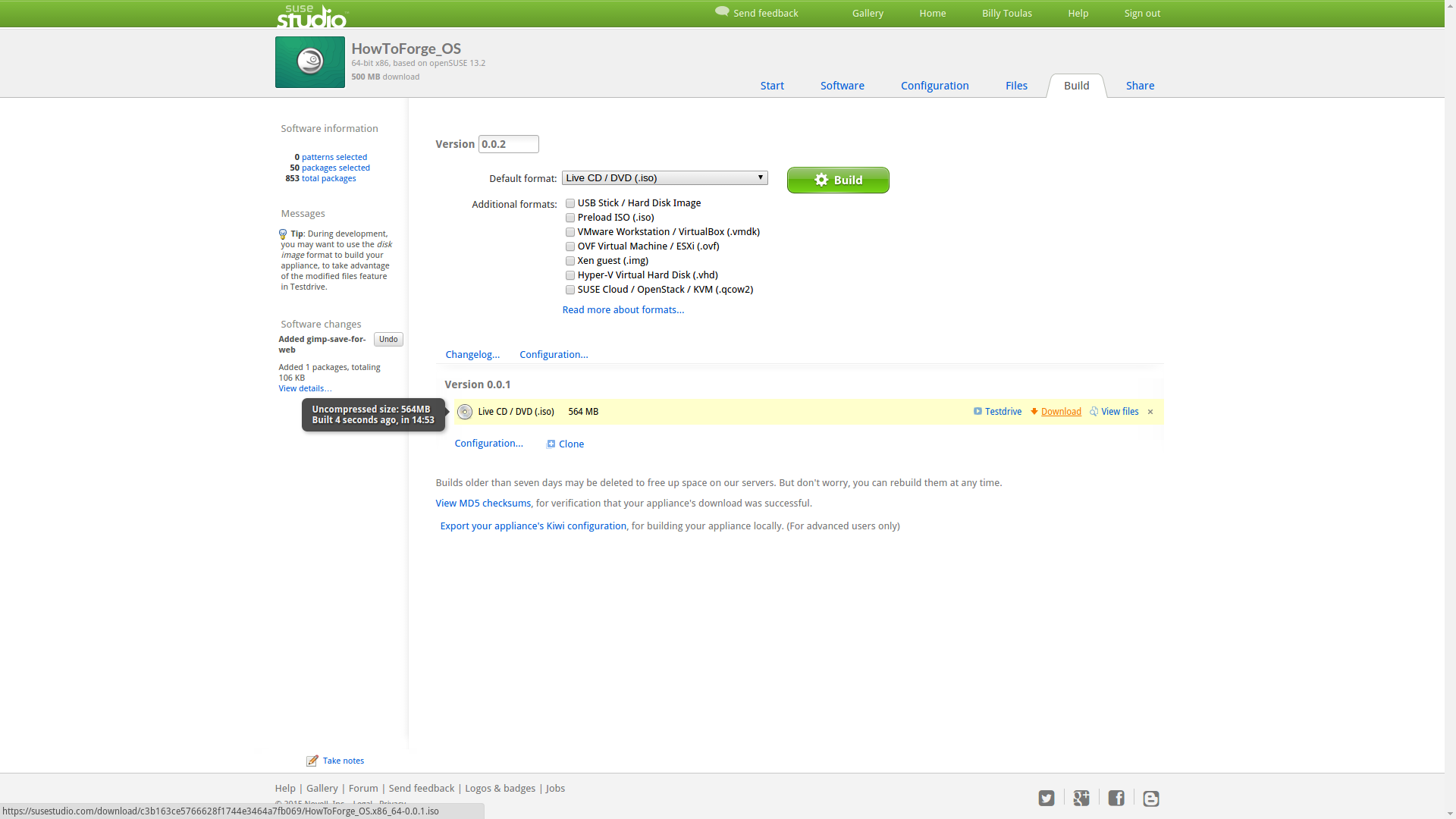Install System Rescue Cd Hard Disk
The System Rescue CD includes open source tools. Partition and Image Your Hard Drive with the. How to format your hard drive and install Windows XP. Hard drives can contain multiple partitions. This may be used to isolate the data from the Operating-System and programs. It can also be used to install multiple Operating-Systems on the same hard disk drive, or to organize your data in a specific way. Disk partitioning is quite important especially if you want to install Linux. Linux has offered full read support for NTFS partitions for a long time, however, the NTFS write support that comes with the kernel is still partial. The write support was improved in linux-2.6.15. If you want a full read-write support for NTFS disks, you will have to use ntfs-3g (Ntfs third generation driver), that is a userspace.
Introduction This chapter explains how to install SystemRescueCD on a USB stick manually. If you prefer, you can order a with the latest SystemRescueCd already on it from the popular Installing SystemRescueCd on an USB stick allows you to use the system from a USB stick (mini hard disk) instead of using a CD-ROM.
You need a recent SystemResuceCD, and a USB stick with enough space. You need at least 512 MB unless you have removed files from the official version.
Your BIOS must be able to boot from USB hard disks, and the USB device must be defined before other devices in the boot devices order. There is now an official SystemRescueCD installer for Windows that you should use. This page explains how to install SystemRescueCD on a USB stick. Many methods are possible. You should really follow one of the three recommended methods (sections A, B, C). The other methods are more complicated and are more likely to fail. You may also be interested in making a to keep your changes between reboots.
A) Recommended USB installation method from Linux Overview If you are running Linux on your computer it's very easy to install SystemRescueCD on a USB stick. The Distant Future Ep Zipper. You just have to download the ISO image of, and then run a script which is at the root of the CD-ROM. You don't have to burn the ISO image to a disc to do that, you just need to have the ISO image available from a running Linux system.

Digihome Pvr 160 Manualidades. Formatting the USB stick will remove all its content, so make sure you don't need the data or make a backup first. • Download the SystemRescueCd-3.0.0 (or more recent) ISO image from the • Mount the ISO image using the -o loop and -o exec options of the mount command • Plug in your USB stick and wait 5 seconds to allow enough time for the system to detect it • Unmount the USB stick if auto-mount is enabled or if it was already mounted • Run bash./usb_inst.sh in a shell then select the correct USB device and press OK/Enter Mount the CD-ROM ISO image You first have to mount the ISO image (or a media where you have burned it). You just need an empty directory on your system on which the ISO image can be mounted. We will use /tmp/cdrom in this example but you can use any directory such as /mnt/cdrom: mkdir -p /tmp/cdrom mount -o loop,exec /path/to/systemrescuecd-x86-x.y.z.iso /tmp/cdrom Plug in the USB stick Just make sure the USB stick has been plugged in, and wait a few seconds to be sure the device has been detected by the system. Execute the installer Now you just have to execute the installation script which is at the root of the CD-ROM. This script requires several commands to run but it won't be a problem. To be sure the script will always work, these commands are part of the CD-ROM: cd /tmp/cdrom bash./usb_inst.sh This script will show you a list of USB sticks detected on your system.
Only removable medias are in the list. This way it's not possible to destroy a persistent device by accident. Unmount the ISO image Now you can unmount the ISO image cd ~ umount /tmp/cdrom B) Recommended USB installation method from Windows If you are running Windows on your computer you can download and execute a graphical installation program that will install SystemRescueCd on a removable device. You have to download the ISO image of SystemRescueCd since the installer needs it. It will extract all files from the ISO image to a temp directory (called work directory) and then you can customize these files, and finally use these files to either recreate a new ISO image or install it on an USB device. The USB stick must contain a FAT32 filesystem, which is the case in general if you use your USB stick from computers running Windows.
